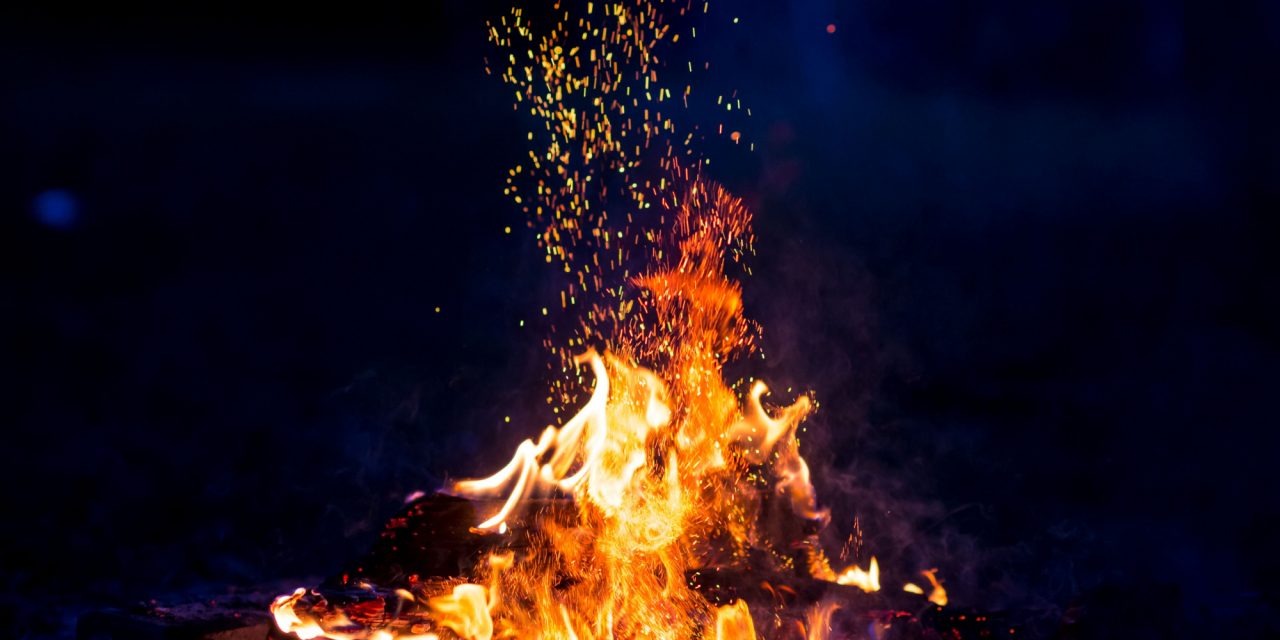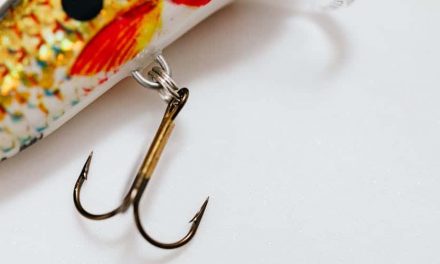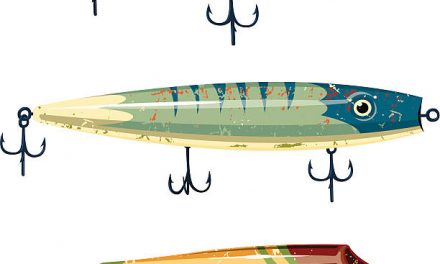The ability to make fire in any survival situation could make the difference between life and death. Campfires are used for a variety of survival tasks including; a signal for rescue, to push animals away from your shelter, sterilize bandages, cook and preserve food, make charcoal for medical purposes, water filtration and provide protections from insects. A survival fire is also crucial for boiling and purifying water, cooking food and providing a source of warmth. By packing a few extra implements with you when travelling afield, these 6 quick and effective fire making techniques are at your disposal.
1. Steel Wool and Battery Method

Source: Adobe Stock
I used this method myself in wilderness settings, more than once, with success. All you need a nine-volt battery (square battery with a plus and minus contact at top) and a bag of steel wool. Begin by spreading a strip of steel wool between the two battery contacts and blowing on it gently, to encourage flames. A significant spark results and will ignite tinder quickly.
Lets the sparks fly!
This method is much like completing the contacts of an electrical circuit. The steel wool forms the contact between the positive and the negative posts on your battery, and the electrical current is transferred to a spark, and flame used to ignite a small bit of tinder. This method is also a cool way to impress friends in a non-survival situation but be warned it will ignite quickly.
2. Flint and Steel

Source: Adobe Stock
The flint and steel method is the same principal as a lighter, which uses flint and abrasive metal to strike across the flint, creating spark and then harnessing the spark to ignite a small amount of tinder. The flint and steel method is great in survival situations as it continues to spark even in damp conditions and can be used with different types of tinder.
Portable Ferro Rod
When the flint strikes steel or iron, small pieces of metal are shaved off and become super heated by friction to a point of fire, which is then transferred to tinder. In modern versions of the flint and steel, an element called Ferrocerium alloy is used as the flint. Unlike flint, the sparks of Ferrocerium are more sizeable and tend to last longer. As with traditional flint the Ferrocerium, or Ferro Rods, as they are commonly marketed, can be used in areas with high moisture and are also portable to carry. You will need to practise this method to get it right.
3. Magnifying Glass Method

Source: Adobe Stock
One of my favourite fire starting tricks as a child was the use of a magnifying glass, to funnel the sun’s energy to create fire. The same effect can be had by using any clear glass, plastic and even ice. Any of these may serve as a fire starter since they all focus the sun’s rays to help ignite tinder. The magnifying glass method requires direct sunlight and an unobstructed view of the sky, in order to work properly.
Hold steady!
Glass with a stronger magnification is more effective which is why this technique is referred to as the magnifying glass method. A jewellers lens will also work as will lenses removed from a pair of binoculars or eyeglasses. To create fire, hold the magnifying glass above your tinder focusing the beam of light into a fine point, which appear white at the centre. Concentrate the sun’s rays at a tiny apex. The smaller you can get this burning point and maintain it in that position, the faster it heats up. A patient and a steady hand is required.
Pros & Cons
The advantage of this method, it does not require much technique and magnifying glass is light and portable. The cons are that direct sunlight is sometimes a difficult commodity in certain regions and at certain times of the year. Magnifying glass method is less effective during wintertime in the northern hemisphere.
4. Wax and Fibre Accelerant

Source: Adobe Stock
The fire starting technique known as the wax and fibre accelerant, can be constructed in advance by filling egg cartons with lint from your clothing dryer, or even cotton balls purchased at the pharmacy. Then fill-up the egg sections with melted paraffin wax. The wax completely saturates the fibbers that rests in the egg cartons, remaining dry and protected. Once hardened, the egg pouches may be torn off the carton as required to provide individual fire starters. The wax and fibre accelerant kits are fun to create and can be made in advance before heading off-grid.
5. Hand Sanitizer and Gauze

Source: Adobe Stock
Another do-it yourself accelerant for survival situations is the hand sanitizer and gauze pad method. Begin with a thick roll of square gauze pads used for medical wound dressing. Then, completely saturate the pads with hand sanitizer. Since hand sanitizer is composed mostly of alcohol in jelly form, it will ignite and burn quickly and efficiently.
The medical gauze acts as wick for the hand sanitizer allowing the flame to burn for several seconds, possibly up to a minute depending on the amount of gauze used. The advantage of this accelerant, it can made with readily available household products and packed in advance. Lords knows every household these days has tons of hand sanitiser lying around!
6. Cotton Ball & Petroleum Jelly

Source: Adobe Stock
Another great fire starting method is the cotton ball and petroleum jelly fire starter. Purchase a bag of cotton balls and a large container of Petroleum Jelly (i.e. Vaseline). Heat the petroleum jelly to liquid form and dip your cotton balls into the liquid, allowing the jelly to completely absorb the balls.
Place the sutured balls on a drying table overnight and collect them afterwards in a plastic container for use afield. The cotton ball petroleum jelly fire starters are easy to make and will burn for some time. They are great for emergency fire starting but must be stored in a good sealed container and kept dry.
Final thoughts

Source: Adobe Stock
Fire is crucial in any wildness survival situation as a warm core body temperature will help preserve much needed calories. The heat of a fire is also known to create a sense of well-being among survivalists in otherwise dire situations. The use and benefits of a survival fire is virtually endless and learning these few alternative methods could very well save your life.
Enjoy reading about bushcraft and learning wilderness survival? Check-out my feature on Wilderness Survival Predator Hazards.






 E-Newsletter
E-Newsletter